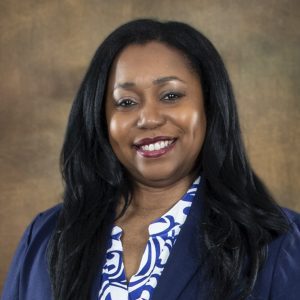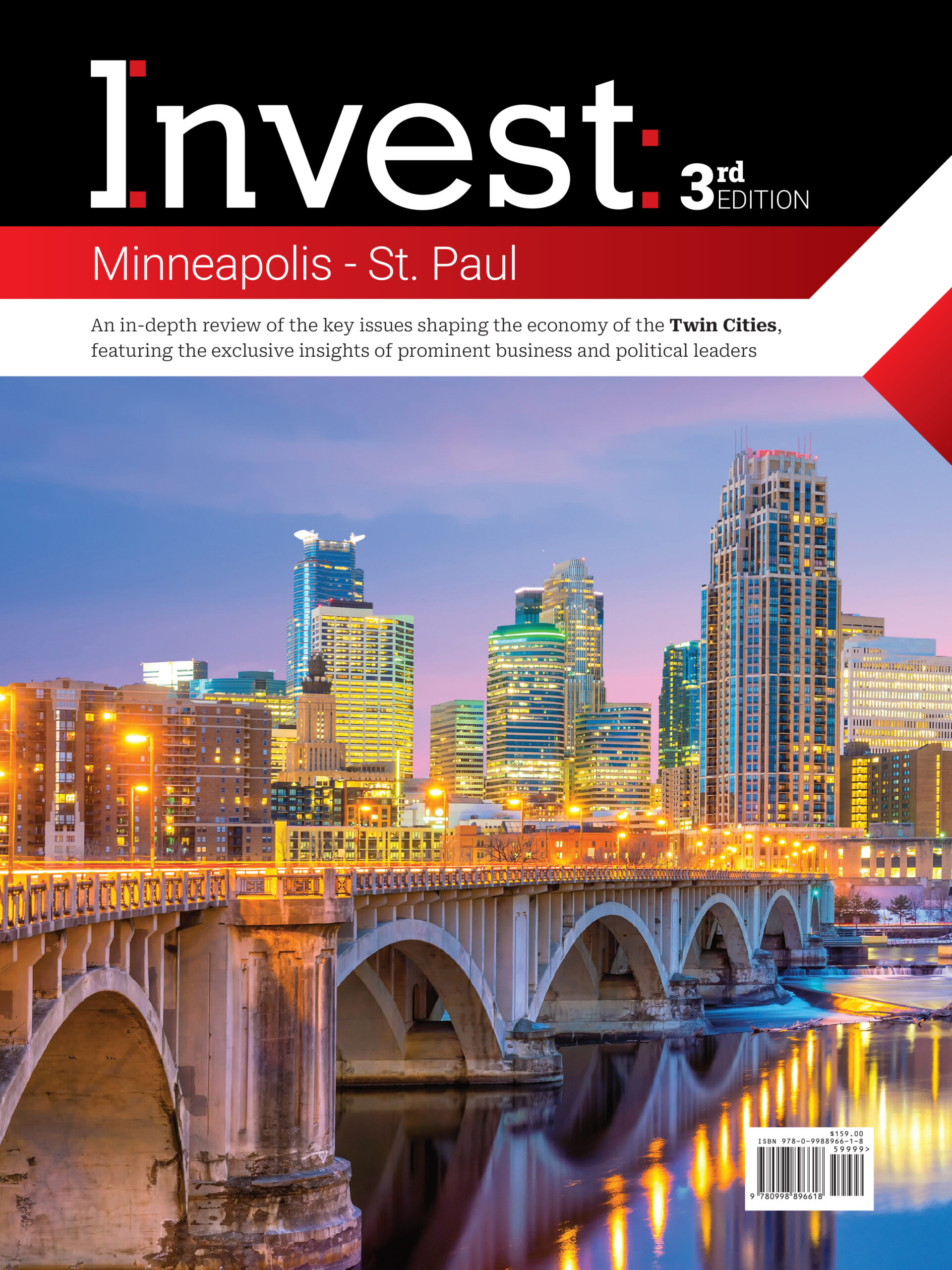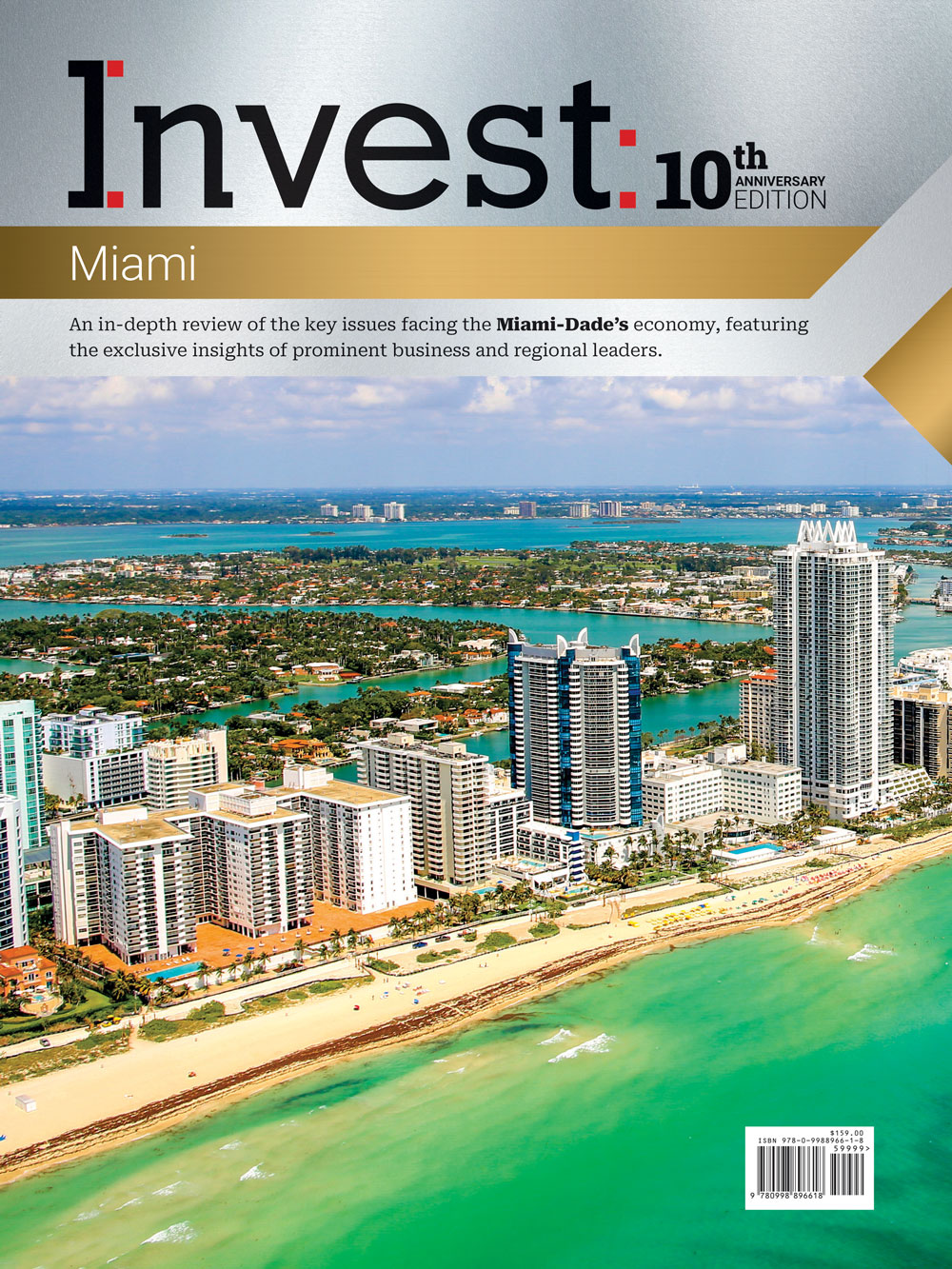How Broward’s higher ed ecosystem is gearing up for the future of education
Writer: Esteban Pages
 December 2023 — Broward’s higher education players are fundamentally rethinking how they use their physical footprint to prepare the minds and professionals of tomorrow.
December 2023 — Broward’s higher education players are fundamentally rethinking how they use their physical footprint to prepare the minds and professionals of tomorrow.
The latest example is Nova Southeastern University (NSU). With the prevalence of remote work, the academic institution plans to sell its East Campus as back office operations transition to remote work, according to the South Florida Business Journal. NSU also has plans to convert the former Miami Dolphins training facility into a healthcare simulation center. In tandem, the university signed an agreement on another facility formerly used by the Miami Dolphins to host the newly formed USL Super League. Founded to compete against the National Women’s Soccer League (NWSL), this new 12-team soccer league is slated to begin play in August 2024.
NSU is not the only higher education institution profoundly rethinking how it innovatively uses its available assets. Invest: spoke with George Hanbury, president of Nova Southeastern University, Cara Daniel, director of the Sheridan Technical College, and Celeste Johnson, director and principal of the McFatter Technical College to discuss how their respective institutions are preparing for the future of education and what that means for the spaces in which learning occurs.
Where do you envision your institution, as well as Broward County’s educational landscape going forward?
 Cara Daniel: Our goal is to become No. 1 in workforce education, aligning with the governor’s vision for Florida by 2030. To achieve this, we’re planning to expand not only on our campuses but also in spaces left vacant by private for-profit colleges that have recently closed. We’re exploring opportunities to collaborate with clinical partners and hospitals to offer our programs in these locations. Additionally, we’re committed to ensuring a one-to-one process for students, providing every student with a laptop, and incorporating an online component into our CTE programs, including clinical rotations.
Cara Daniel: Our goal is to become No. 1 in workforce education, aligning with the governor’s vision for Florida by 2030. To achieve this, we’re planning to expand not only on our campuses but also in spaces left vacant by private for-profit colleges that have recently closed. We’re exploring opportunities to collaborate with clinical partners and hospitals to offer our programs in these locations. Additionally, we’re committed to ensuring a one-to-one process for students, providing every student with a laptop, and incorporating an online component into our CTE programs, including clinical rotations.
One challenge we face is space. Despite having three Hollywood campus locations, our CTE and some adult programs are mainly housed at the high school campus in Fort Lauderdale, accommodating around 600 students. Our West campus in Pembroke, specifically Pembroke Pines, hosts our commercial vehicle driving program, but space is still tight. We’re working on expanding evening programs and adding more online options. Post-COVID, students seek flexibility in their education to maintain a work-life balance.
 George Hanbury: Our capital campaign is poised to reach $1 billion by 2025, and we are 86% of the way there. About $500 million of these funds will come from philanthropy and $500 million from externally funded research. Our first project will be a state-of-the-art simulation complex that will be open 24/7. It will include artificial intelligence, virtual reality, and volumetric holograms. These technologies will be available to each of our eight regional campuses.
George Hanbury: Our capital campaign is poised to reach $1 billion by 2025, and we are 86% of the way there. About $500 million of these funds will come from philanthropy and $500 million from externally funded research. Our first project will be a state-of-the-art simulation complex that will be open 24/7. It will include artificial intelligence, virtual reality, and volumetric holograms. These technologies will be available to each of our eight regional campuses.
Celeste Johnson: We try to stay updated with the most current software and equipment used in the industry. We try to make sure that technology is accessible to all of our students, as some may encounter financial barriers. One of the best things we do at McFatter is the consistency of our advisory committees, which are made up of industry professionals and our instructional staff who meet twice a year. At these meetings, current industry standards, any shifts that may be going on in the industry or any anticipated changes needed to our curriculums are covered, as well as the local landscape of salary expectations. We have over 30 programs at Mcfatter, and they all meet with industry advisory committees two times each school year to keep us abreast of what’s happening, so we can prepare our students accordingly.

As far as technology is concerned, we are looking at partnering with a local company to expand artificial intelligence and virtual augmented and mixed reality technological training capabilities. We are working to build capacity for virtual architects, and we know that the metaverse is becoming more popular, so we are recruiting and training people for that virtual world. Our game simulation program is extremely popular, and we are looking to expand to provide people with options. We want to help build a robust virtual reality community in Broward County.
What challenges is higher education facing today and how are you addressing them?
Daniel: One of the significant issues is the prevailing perception that the only path to achieving the American dream is by obtaining a four-year college degree. This misconception has led to a stigma against technical college opportunities. Personally, as a Broward County resident who graduated from Broward County public schools, I can attest to this narrative. When I graduated from high school without a clear plan, I pursued a career as a nail technician. It was my CTE (Career and Technical Education) teachers who introduced me to the world of work and helped me transition to my current position. If I hadn’t acquired the skills I learned as a nail technician, I might not have made it through undergrad. Therefore, the key issue here is the need for greater awareness and understanding of the value technical education brings not only to students but also to families and the local community. Our objective is to train both high school and adult students and encourage them to remain in the area, contributing to the local economy.
Hanbury: Along with the rest of the higher education sector, we are dealing with financial constraints, which is why we are aggressively pursuing our $1 billion capital campaign. We are looking to build our endowment. Because we are so young, we have not been able to build that. We are 88% to 90% tuition driven. I would love to be able to pull from our endowment, which is currently about $200 million. By 2025, I would like to see it at $300 million. As we raise the endowment, we can spend the interest earned to pay for student scholarships to make it more affordable to come to a prestigious private, not-for-profit university that is not supported by tax dollars like the state university system. This is every president’s biggest challenge. Philanthropic and research funding support from the community and the government drives educational success and thus, progress.
Johnson: With technical education, one of the biggest challenges we face is branding. Many still believe that technical college is what it was 40 years ago. They think those who underperformed in high school or even dropped out are the only ones who become students at a technical college. That is so far from what technical education has advanced to in this decade. Although we still serve those populations as well, it is so far beyond what people have imagined. Technical college is for everybody. Another challenge we face is difficulty with recruiting and retaining diverse educators. Depending on what industry we are recruiting for, educators can often make more working in their industry of specialty rather than teaching at a technical college. It may be more attractive to stay in their industry. For that reason, we are getting creative.
For more information, visit:














